The sea turtles found in the waters of Cape Hatteras National Seashore are protected by the U.S. Endangered Species Act, an extremely powerful law, that must be followed and administered by the National Park Service (NPS). While the NPS must protect the Seashore’s nesting sea turtles, the NPS also is obligated to uphold it’s mission and make the Seashore available to people for “enjoyment, education, and inspiration.” As the popularity of the Seashore has grown, it has become increasingly difficult for the NPS to meet its obligations to both people and sea turtles. The goal of Turtle Sense is to help people and sea turtles share the beaches of the Seashore in a way that benefits both humans and sea turtles.
Today, when a sea turtle nest is found on a Seashore beach, a small enclosure is built around the nest to keep pedestrians and vehicles away. About 50 to 55 days later the nest closure is expanded, often closing the beach to vehicular traffic. Because there is no reliable way to predict when tiny turtles will emerge from their nests near the duneline and parade to the surf, closures can sometimes last for more than a month.
Turtle Sense system design
The Smart Sensor (the right half of the diagram above) uses an accelerometer to record changes in acceleration up to 400 times per second. The readings are analyzed by the microprocessor to produce a profile summary of the forces acting on the sensor. A new profile is created every 15 seconds to six minutes. Because it is not possible to transmit data from underneath wet salty sand, a set of summaries are uploaded to a separate Communications Unit (the left half of the diagram) at least once a day and as often as every hour. The Comm Unit and the Smart Sensor are connect by Cat5e Shielded cable, which is typically about 20 feet (6 meters) long, but can be much, much longer if needed. The Comm unit is controlled by another microprocessor which controls the communication with the Smart Sensor and also controls a plug-in cellular communications board. Cellular communication uses the bulk of the power needed by the system, so its power supply is powered down when communication is not needed. It is typically only powered up for a few minutes each day. The entire device is powered by a battery pack of 8 rechargeable AA NiMH cells. This is enough power to run the system for many, many months.
In order to keep track of multiple nesting sites, we also created a hand-held communications device that is used to test the sensors, check for good cell phone reception, and register the date and GPS location of the nesting sites. Since this device is small and portable, it can be carried along with Smart Sensors on the daily beach patrols of park personnel. When nests are found, they are excavated and the eggs are counted. At that time, a Smart Sensor is placed on top of the nest, and it is connected to the hand-held device to register the nest. Testing and registering the sensor just takes a few minutes. Then the cable is buried, with its 9-pin Molex connector sealed in a plastic pill bottle. The location of the end of the cable is marked with a stake.
After a few days or weeks, a larger comm unit is brought to the nest site and connected to the sensor. This Comm unit is housed in sealed PVC pipe in a foundation of concrete. The comm unit enters a sleep mode if no sensor is plugged in. It powers up fully when a Smart Sensor is connected, and starts sending reports.
Detailed reports are regularly uploaded to a server on the Internet. These text file reports are readable by humans and machines. Eventually, there will be a web based interface for controlling the parameters of the system and viewing data. If we are successful, an automated system will accurately predict hatching events and send alerts of pending hatching to wildlife managers, researchers and the general...
Read more » Samuel Wantman
Samuel Wantman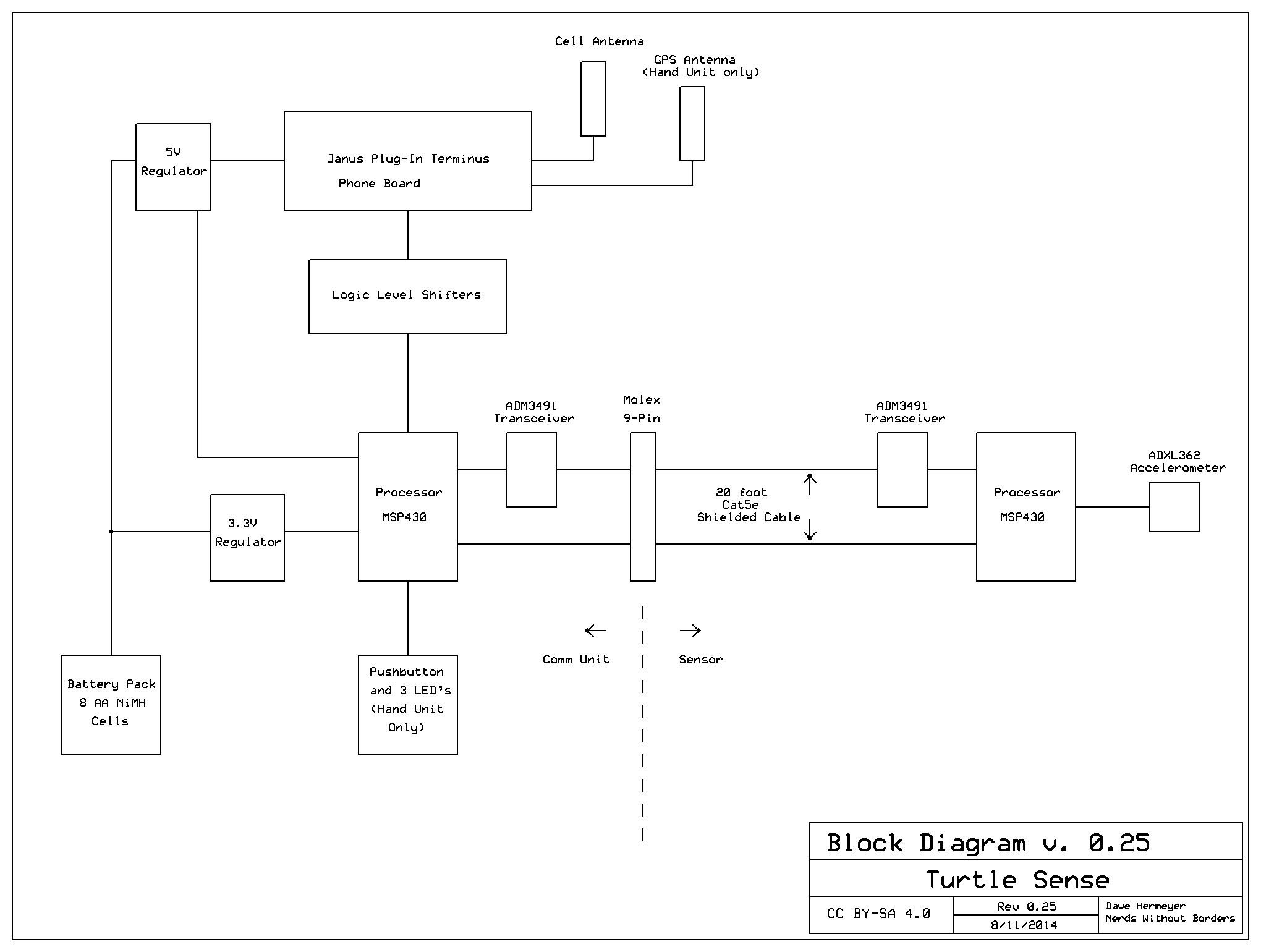
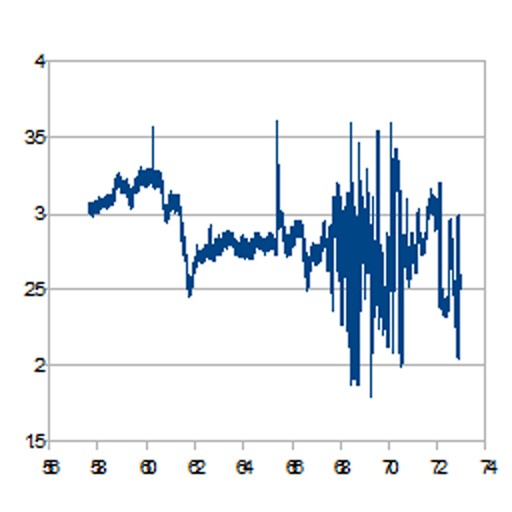



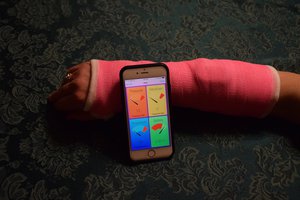
 Alex
Alex
 jan.marcinowski
jan.marcinowski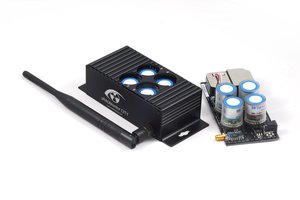
 Radu Motisan
Radu Motisan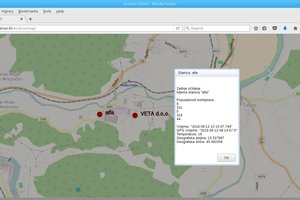
 mikrotron
mikrotron
You might be interested in #Project Apollo